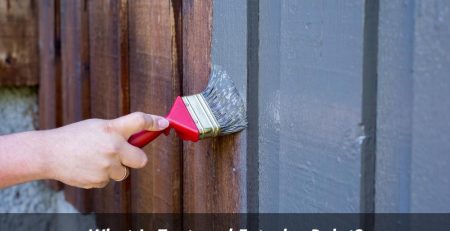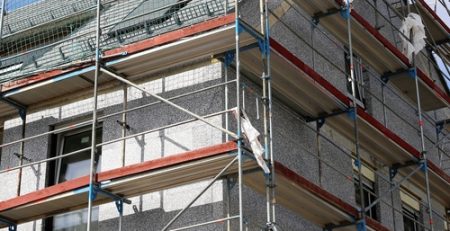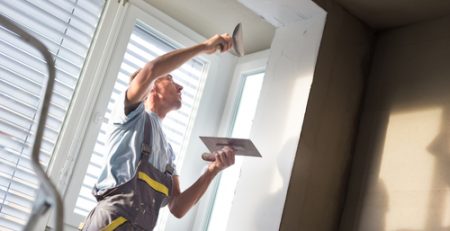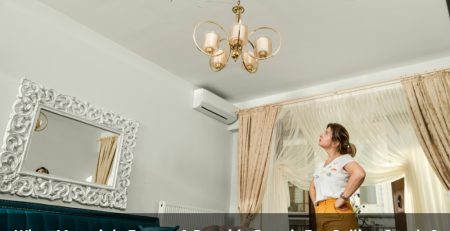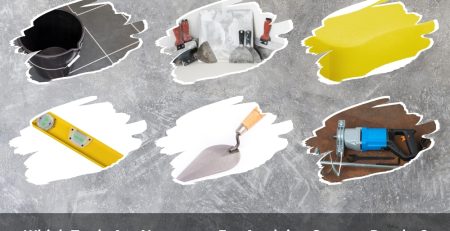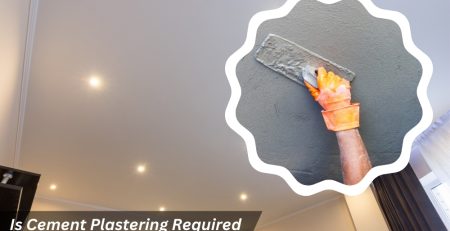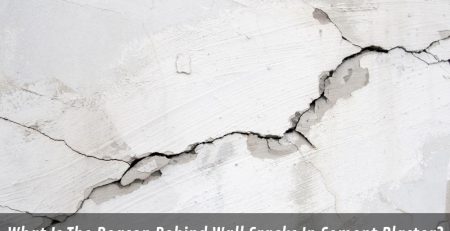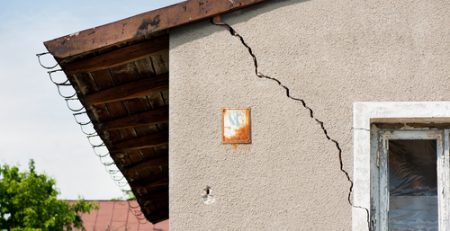When Is External Acrylic Render Best Used?
Thinking about giving your home’s exterior a refresh? External acrylic render is a popular choice for many Sydney homeowners, and for good reason. But with so many options available, it’s natural to wonder if an external acrylic render is the right fit for your project.
What are the benefits of using external acrylic render?
External acrylic render boasts several advantages that make it a compelling option:
- Durability and weather resistance: Australian weather can be harsh, with sun, rain, and wind constantly challenging your home’s exterior. External acrylic render is built to last, withstanding these elements and protecting your walls for years to come.
- Flexibility and crack resistance: Unlike traditional renders, acrylic render has a degree of flexibility. This allows it to accommodate slight movements in your walls, which can help prevent cracks from forming. This is especially beneficial for homes built with lightweight materials like fibre cement sheeting.
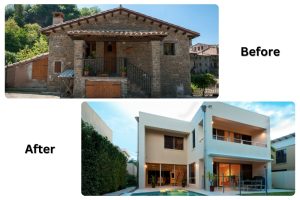
- Wide range of colour and texture options: Gone are the days of boring render finishes! The external acrylic render comes in a vast array of colours and textures, allowing you to customise your home’s exterior to perfectly match your vision. Whether you prefer a smooth, modern look or a textured finish with added character, there’s an acrylic render option for you.
- Breathability and moisture management: External acrylic render allows your walls to breathe, preventing moisture build-up that can lead to mould and mildew problems.
- Quick drying time: Unlike traditional renders that can take weeks to cure completely, external acrylic render dries much faster, typically within a few days. This means you can enjoy your refreshed exterior sooner and minimise disruption to your daily life.
What factors should you consider when choosing external render?
Before diving headfirst into the world of acrylic rendering, consider these factors:
- Condition of your existing walls: External acrylic render is a great solution for covering minor cracks and imperfections. However, for extensive structural damage, a more substantial repair might be necessary before applying any render.
- Desired aesthetics and finish: Do you dream of a sleek, modern exterior? Or perhaps a textured finish with a touch of rustic charm? External acrylic render caters to a variety of tastes. Think about the overall look you’re aiming for and choose a colour and texture that complements your home’s architecture and your neighbourhood’s style.
- Climate and weather conditions in your area: External acrylic render performs well in most Australian climates. However, if you live in an extremely hot and dry area with significant temperature fluctuations, you might want to consider other options like silicone render, which can handle these extremes better.
- Your budget and project requirements: An external acrylic render is generally a cost-effective option compared to other renders. However, the final price will depend on the size of the area being rendered, the chosen colour and texture, and the complexity of the job.
When might external acrylic render be the ideal choice?
Here are some scenarios where external acrylic render is the ideal choice:

- Minor cracks or imperfections: Got a few hairline cracks or uneven surfaces on your walls? External acrylic render can effectively conceal these imperfections, leaving your exterior looking smooth and flawless.
- Modern and stylish finish: External acrylic render’s wide range of colours and textures allows you to achieve a contemporary and stylish look for your home. It’s a perfect way to add a touch of personality and kerb appeal.
- Moderate to high rainfall: External acrylic render’s breathability helps prevent moisture build-up, making it a great choice for areas with moderate to high rainfall.
- Quick turnaround time: Need a refresh that doesn’t take weeks on end? External acrylic render’s fast drying time minimises disruption and allows you to enjoy your new exterior look sooner.
Are there any situations where external acrylic render might not be suitable?
While external acrylic render is a versatile option, there are a few situations where other solutions might be more appropriate:
- Extensive structural damage: For significant cracks, bulging walls, or other major structural issues, a more substantial repair is necessary before applying any render. Consult a qualified builder or engineer to address these problems first.
- Very hot and dry climates: If you live in an area with extreme temperature fluctuations, silicone render might be a better choice. It offers superior flexibility and can handle these harsh conditions more effectively.
- Traditional aesthetic: If you’re aiming for a highly traditional or heritage look for your home, other render options like lime render might be a more suitable choice to maintain the building’s historical character.
What other external render options are there to consider?
While external acrylic render is a popular choice, it’s not the only option on the market. Here’s a quick comparison to two other common types:
Silicone render: Similar to acrylic render, silicone render offers excellent weather resistance and flexibility. However, it excels in particularly hot and dry climates with significant temperature fluctuations. Here’s a breakdown of the key differences:
- Flexibility: Silicone render boasts even greater flexibility compared to acrylic render. This makes it ideal for buildings that experience significant thermal expansion and contraction, preventing cracks from forming.
- Waterproofing: Silicone render offers superior waterproofing properties, making it a good choice for areas with very high rainfall or those prone to coastal winds and salt spray.
- Cost: Silicone render is generally more expensive than acrylic render.
Traditional Cement-Based Render Options:
These renders have been around for centuries and offer a classic aesthetic look. However, they come with some drawbacks:
- Less flexible: Traditional cement-based renders are more prone to cracking compared to acrylic or silicone renders.
- Longer drying time: These renders can take several weeks to cure completely, leading to longer project timelines.
- Limited colour options: Traditional renders typically come in a limited range of colours, primarily natural tones like grey and cream.
Consulting with a professional for your rendering project
Choosing the right external render for your home is an important decision. To ensure you get the best results, consider consulting a professional renderer. A qualified renderer can assess your specific needs, recommend the most suitable render type based on your climate, budget, and desired aesthetics, and handle the application process expertly.
Here’s why consulting a professional is beneficial:
- Expert advice: A qualified renderer has the knowledge and experience to assess your walls, recommend the most appropriate render type, and ensure a successful application.
- Quality workmanship: Professional renderers use the correct techniques and ensure a smooth, flawless finish that enhances your home’s appearance and value.
- Compliance with regulations: External rendering projects may require permits and need to comply with local building codes. A professional renderer can ensure your project meets all necessary regulations.
Finding a qualified renderer
There are several ways to find a qualified renderer:
- Recommendations: Ask friends, family, or neighbours who have recently had rendering work done for recommendations.
- Online searches: Search online directories or review websites for qualified renderers in your area.
- Industry associations: Contacting your local building industry association can provide you with a list of reputable renderers.
Conclusion
External acrylic render is a popular and versatile option for refreshing your home’s exterior. It offers a combination of durability, flexibility, aesthetics, and breathability, making it a great choice for many Australian homes. However, by understanding its strengths and limitations, and considering other options like silicone render and traditional renders, you can make an informed decision that best suits your project needs and budget.
Imagine your home with a fresh, modern exterior that not only looks stunning but also protects your walls for years to come. Our team at Jim’s Rendering Sydney can turn that vision into reality. With our expert advice, high-quality materials, and professional application by qualified renderers, you can rest assured your project is in good hands. We provide assistance every step of the way, from helping you choose the right render type to ensuring a flawless application.
Don’t wait any longer to give your home the exterior makeover it deserves! Contact us today for a free quote and consultation. Our friendly team is happy to answer any questions you have and help you determine if an external acrylic render is the right choice for your home. With our expertise, your dream exterior is just a phone call away.


